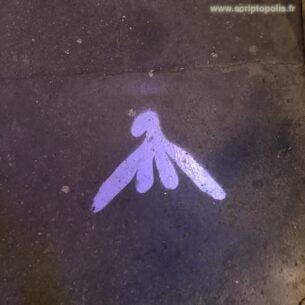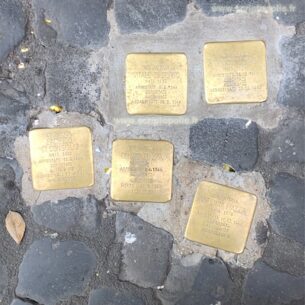Transactions

Boston, may 2011.
Nowdays, the @ symbol is taken for granted. Most people with an internet connection use this button on the keyboard without thinking of it. And without knowing its improbable historical trajectory. Despite its controversial origin, it seems that @ was already used by scriber monks to figure out the ligature of ad in Latin during the sixth century. It came up again as a unit of measurement in the accounts book of Florentine merchants, then it left its traces in commercial and religious records all along the next centuries. In the nineteen century, in the United States, it became the abbreviation of “at the rate of” in order to display the unit price of commodities. Such an accounting use would have largely contribute to its appearance on the keyboard of typewriters from 1885. Yet, even if it was codified among the other control characters in informatics (ASCII code) in 1963, @ had almost lost its relevance when the first computer keyboards were marketed.
In october 1971, Ray Tomlinson, responsible for the development of an exchange software between computers through the ARPAnet network, was looking for a symbol to link a user to a domain in order to locate servers of digital messages. At his disposal on the keyboard, @ was reinvested with another attribution while keeping its previous meanings: making relations between entities and grounding links in quantitative and measurable rules. @ finally took another run up when, in march 2010, the MoMA acquired it for its own collection. Thus it contributes to identify millions of people everyday while being inscribed in the pantheon of graphical creativity, as a collectible object among numerous art works. That @ is being set in stone in such a way, as an epigraphic inscription, does confirm the liveliness and the pragmatic potentialities of its countless reinscriptions.






